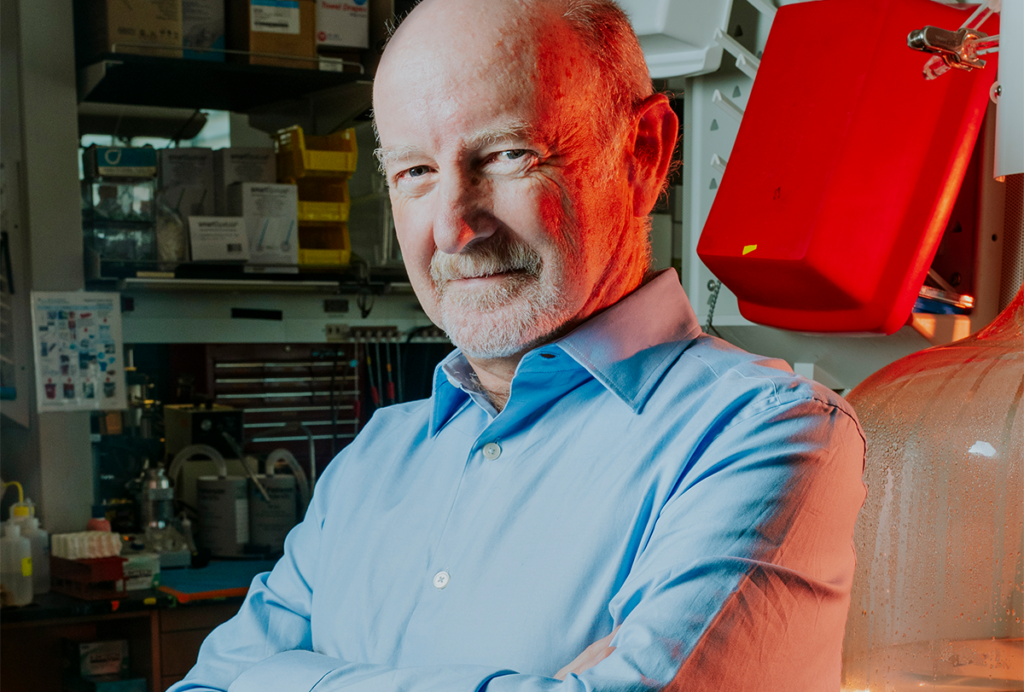Sequencing approach bares large variety of brain cell types
Analyzing gene expression in a vision center of the mouse brain has revealed 49 different classes of cells.
Gene expression profiles for more than 1,600 cells from a small section of the mouse brain have revealed 49 different cell types, nearly twice as many as had previously been identified in this brain area. The findings may help researchers home in on specific cell types that are involved in autism1.
Previous efforts to classify brain cells by gene expression have involved either averaging gene expression across large groups of cells or focusing on a small number of genes in individual cells. In the new study, published 4 January in Nature Neuroscience, researchers sequenced all of each cell’s RNA, the chemical readout of its genes, to paint more complete cell portraits based on gene expression levels.
The researchers culled cells from the primary visual cortex of the brains of adult mice. They then sequenced RNA to identify activity levels of genes in 1,679 cells. A newly created algorithm identified groups of cells with similar gene expression profiles.
The algorithm clustered most of the cells into 49 groups. (The remaining cells had characteristics of multiple groups.) Seven of the cell types are non-neuronal and correspond neatly to previously described non-neuronal cell types. They include blood-vessel-forming cells, star-shaped cells called astrocytes, tiny immune cells called microglia and several varieties of oligodendrocytes, which insulate neuronal projections.
The remaining 42 clusters consist of neurons — 19 types that transmit signals using the excitatory neurotransmitter glutamate and 23 that communicate via the inhibitory messenger gamma aminobutyric acid; 41 of the clusters appear to be variations of 18 known types of neurons. The remaining cluster seems to represent a wholly new type of brain cell.
The study indicates that the brain contains a richer variety of neurons than scientists thought. Researchers could use the data, which are available online at the Allen Brain Atlas Data Portal, to see which brain cell types in mice express high levels of genes linked to autism. They could also investigate whether mouse models of autism have certain cell types that differ from those in controls.
References:
- Tasic B. et al. Nat. Neurosci. 19, 335-346 (2016) PubMed
Recommended reading

PTEN problems underscore autism connection to excess brain fluid

Autism traits, mental health conditions interact in sex-dependent ways in early development

New tool may help untangle downstream effects of autism-linked genes
Explore more from The Transmitter

Newly awarded NIH grants for neuroscience lag 77 percent behind previous nine-year average

